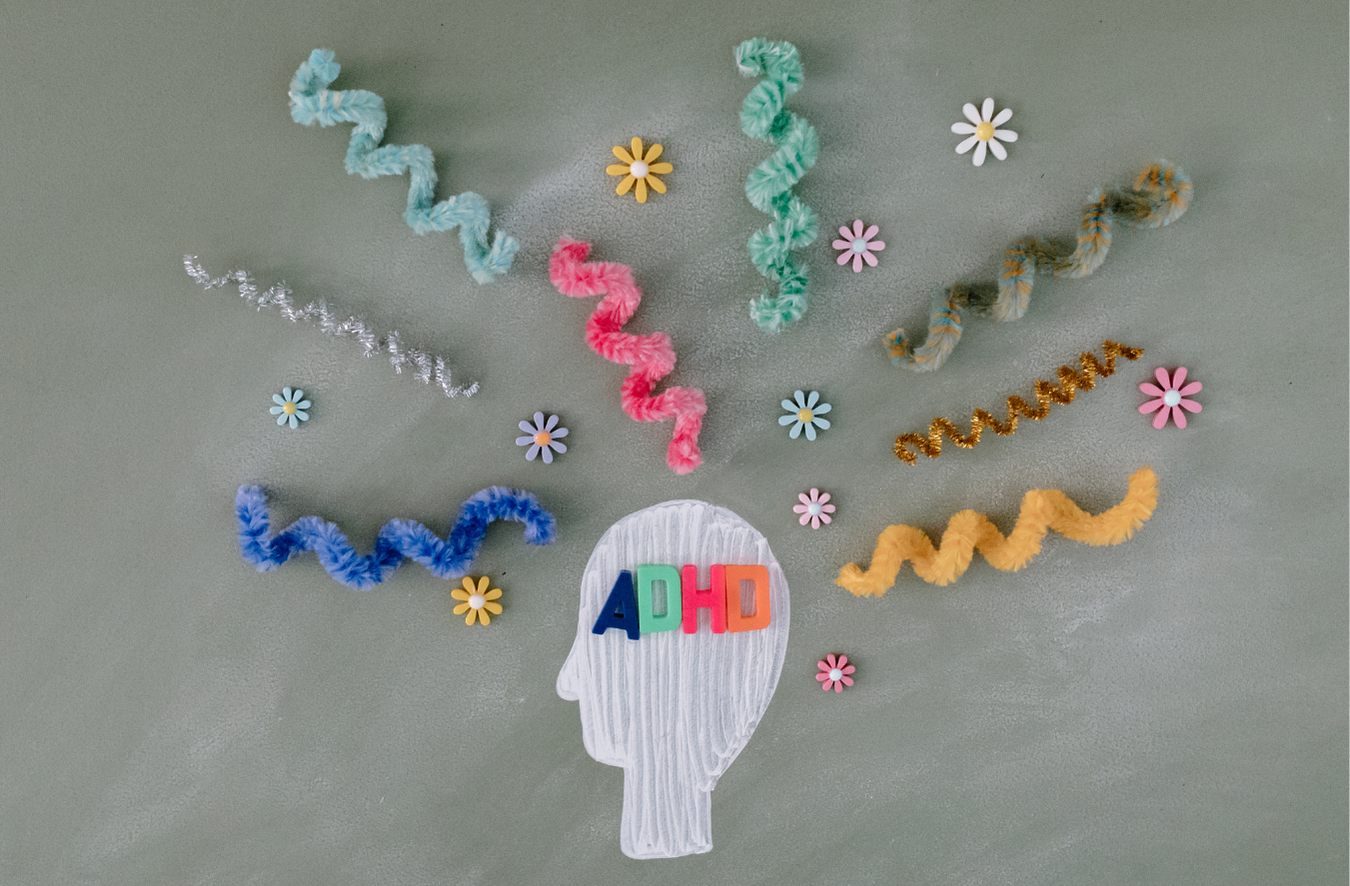Virtual Vs In-Person Therapy: Why In-Person Counselling Still Matters
Key Takeaways:
- In-person therapy provides deeper emotional presence, stronger non-verbal communication, and a more structured environment
- Privacy and focus are easier to maintain in a dedicated therapy office than in many home settings, where distractions or lack of confidentiality can impact the session.
Over the past few years, virtual therapy has become a common and accepted part of mental health care. During the COVID-19 pandemic, the demand for telehealth services grew significantly. According to research published in Frontiers in Virtual Reality, nearly 90% of clinicians shifted to virtual therapy in 2020 to continue supporting clients while maintaining safety protocols.
At the same time, the move away from in-person therapy has raised important questions about what might be lost when sessions take place on a screen.
What Does the Research Say about Virtual Therapy?
While research from the Journal of Medical Internet Research shows that virtual and in-person therapy can produce similar outcomes for mild to moderate concerns, the experience can differ in more complex cases. Individuals dealing with trauma, emotional dysregulation, or chronic mental health conditions often benefit from the physical presence, safety, and connection that in-person sessions provide.
This article explores the differences between virtual and in-person therapy.
What is Virtual Therapy?
Virtual therapy, also known as teletherapy or telehealth counseling, involves mental health sessions delivered through digital platforms. These can include video conferencing, phone calls, or even secure messaging services. Originally introduced as a way to expand access to care, virtual therapy became more widely adopted during the COVID-19 pandemic as in-person options became limited.
Although the delivery method is different, the goals of virtual therapy are the same as in-person care. However, the way clients and therapists interact, and the setting in which that interaction occurs, can influence how therapy feels and functions.
The Advantages of Virtual Therapy
Several studies and first-hand accounts have identified clear advantages to virtual therapy:
- Convenience and flexibility: Clients can attend sessions from home, work, or any location where they feel comfortable and safe. This eliminates travel time and allows for easier scheduling, especially for people with tight routines or mobility issues.
- Improved access to care: Research from
ScienceDirect and the
Pakistan Journal of Education highlights how virtual therapy can reach individuals in underserved areas, including rural communities or those lacking local providers. For many, it has closed a gap in care.
- Continuity during disruption: Virtual formats ensure continuity of therapy during lockdowns and remain a fallback when weather, illness, or other life events interfere with in-person meetings.
- Lower threshold for entry: Some individuals feel less intimidated starting therapy online. The familiar home environment may reduce early anxiety and make it easier to open up.
- Comparable outcomes for certain conditions: For mild to moderate depression, anxiety, and stress-related disorders, virtual therapy can be just as effective as in-person care, especially when delivered consistently by trained professionals.
The Downsides of Virtual Therapy
Despite its benefits, virtual therapy is not a fit for everyone or every situation. Several drawbacks have been identified:
- Weaker non-verbal communication: According to research from
Whole Person Integration and other sources, virtual platforms limit the therapist’s ability to observe subtle body language, energy shifts, or emotional cues. These elements often play a key role in therapeutic insight and connection.
- Distractions and lack of privacy: Sessions held from home can be interrupted by family members, roommates, or household noise. For individuals without a private space, it can be hard to speak openly or feel fully safe.
- Technology barriers: Poor internet connections, audio issues, and device limitations can interrupt sessions. For some, especially older adults or those uncomfortable with digital tools, the learning curve adds frustration.
- Weaker therapeutic alliance for some: Some clients report feeling less emotionally connected during online sessions. This can affect engagement, especially in therapies that rely heavily on relational dynamics.
- Not ideal for complex or high-risk concerns: People experiencing trauma, suicidal thoughts, or severe emotional dysregulation may not benefit as fully from remote sessions. In these cases, the physical presence and structured space of in-person therapy can offer more containment and safety.
What is In-Person Therapy?
In-person therapy is a traditional form of mental health counseling where a client and therapist meet in the same physical space, typically a private office or clinical setting. These sessions are held face-to-face and are scheduled at a consistent time.
Unlike virtual formats, in-person therapy allows for full access to body language, facial expressions, tone, and posture. These non-verbal help therapists better understand a client’s emotional state and respond more effectively in real time.
In-person therapy is especially beneficial when working with complex emotional issues such as trauma, grief, or intense anxiety, where the physical presence of a trained professional offers additional safety and support.
The Advantages of In-Person Therapy
Research and clinical experience consistently highlight several core strengths of in-person therapy:
- Stronger therapeutic alliance and non-verbal communication:
The
Psychotherapy Research study (2022) found that therapists were significantly more likely to notice client body language, emotional shifts, and subtle cues during in-person sessions. These non-verbal signals help therapists respond in real time with greater empathy and nuance, which can enhance the overall sense of connection and safety.
- Emotionally supportive environment:
Being physically present in a therapist’s office can help clients feel more emotionally contained, especially during difficult sessions. The physical space becomes a boundary that holds the intensity of emotional work, which is particularly helpful for clients navigating grief, trauma, or interpersonal challenges.
- Better engagement and session depth:
Without the interruptions of home life or screen fatigue, in-person sessions often allow for more consistent engagement, deeper insight, and increased follow-through on therapeutic goals.
- More effective for complex or high-intensity issues:
In-person therapy is often recommended for clients managing complex trauma, dissociation, or severe emotional dysregulation. The therapist’s physical presence and ability to regulate the emotional space in real time can help de-escalate distress and provide grounding when emotions run high.
- Reinforces commitment and structure
Making the effort to attend in-person sessions can strengthen a client’s sense of investment in the therapeutic process. The act of traveling to therapy, entering the space, and setting aside dedicated time can support accountability and reinforce therapeutic boundaries.
The Challenges of In-Person Therapy
While in-person therapy offers meaningful advantages, it may not meet every client’s logistical or personal needs. Key limitations include:
- Travel and time constraints:
Commuting to therapy requires transportation, planning, and extra time. For clients balancing work, childcare, or health issues, this can become a barrier to regular attendance.
- Limited geographic access:
Not all clients live near qualified providers. In areas where mental health services are scarce, virtual therapy may be the only viable option for ongoing care.
- Less flexible scheduling: Compared to virtual sessions, which may be available outside standard office hours, in-person appointments can be harder to book, especially with high-demand therapists or practices operating limited hours.
Key Differences Between In-Person and Virtual Therapy
Both in-person and virtual therapy can be effective, but they offer different experiences depending on your needs, comfort, and situation. Below is a side-by-side comparison to help you understand how the two formats differ across key areas.
| In-Person Therapy | Virtual Therapy | |
|---|---|---|
| Connection | Full body language, eye contact, and physical presence enhance emotional connection. | Limited to screen-based or voice cues, which may reduce emotional attunement. |
| Access to Care | Requires travel to a physical office; limited availability in some regions. | Accessible from anywhere with internet; ideal for rural or underserved areas. |
| Privacy and Setting | Sessions occur in a controlled, confidential space designed for therapeutic work. | Clients must ensure privacy at home or work, which may not always be possible. |
| Clinical Depth | Better suited for trauma, intense emotions, or complex diagnoses requiring co-regulation. | Works well for mild to moderate issues, but may lack depth for high-intensity needs. |
| Flexibility | Fixed appointment times; travel and cancellations may be less convenient. | Easier to schedule, cancel, or reschedule; eliminates commute time. |
| Consistency and Focus | Physical routine reinforces commitment; fewer in-session distractions. | Home distractions and screen fatigue can impact session focus and engagement. |
Factors to Consider When Choosing a Therapy Format
Choosing between virtual and in-person therapy is a personal decision shaped by individual needs, preferences, and life circumstances. The following factors can help clarify which format may provide the most effective and supportive experience.
Comfort level with technology
Virtual therapy relies on stable internet, familiarity with video platforms, and the ability to troubleshoot basic tech issues. For individuals who feel confident navigating digital tools, telehealth may feel seamless. However, those who find screens distracting or experience anxiety around technology may engage more fully in a face-to-face setting.
Type and severity of the concern
In-person therapy is often recommended for more complex or emotionally intense issues, such as trauma, PTSD, or severe mood disorders. These conditions may require a higher level of emotional containment and non-verbal communication that in-person sessions can better support. Virtual therapy can be effective for managing mild to moderate concerns like general anxiety, stress, or life transitions.
Access to a private space at home
Privacy plays a major role in how effective virtual therapy can be. For those who live with others or don’t have access to a quiet, uninterrupted space, it can be challenging to fully engage in sessions or speak openly. In contrast, in-person therapy takes place in a dedicated, confidential setting, offering the privacy and structure that many clients need to feel safe and focused.
Previous experience and satisfaction with therapy modalities
A person’s past experiences with therapy, whether virtual or in-person, can shape what feels most effective. Some may have started therapy online and never explored the benefits of in-person work, while others may return to in-person sessions after finding virtual formats less personal or harder to stay connected with. Satisfaction often depends on how well the format aligns with individual communication and comfort needs.
Emotional impact after sessions
The way someone feels after a therapy session can reveal how well the format is working. In-person sessions often leave clients feeling more grounded and emotionally processed due to the structure and presence of the setting. On the other hand, virtual therapy can feel less complete or even disjointed for some, particularly if distractions or screen fatigue interfere with emotional engagement.
Conclusion
Both virtual and in-person therapy have an important place in modern mental health care. Virtual sessions offer flexibility, accessibility, and ease, making them a valuable option for many people.
Still, for certain situations, in-person therapy remains uniquely effective. The depth of connection, non-verbal communication, and emotional presence that happen face-to-face can be essential for clients dealing with trauma, high emotional intensity, or complex mental health conditions. In these cases, the structure and environment of in-person sessions may offer a level of support that’s difficult to replicate online.
At Infinite Potential, we understand that therapy is not one-size-fits-all. That’s why we continue to prioritize in-person counseling across Texas and Florida, creating safe, grounded spaces where meaningful change can take root.











